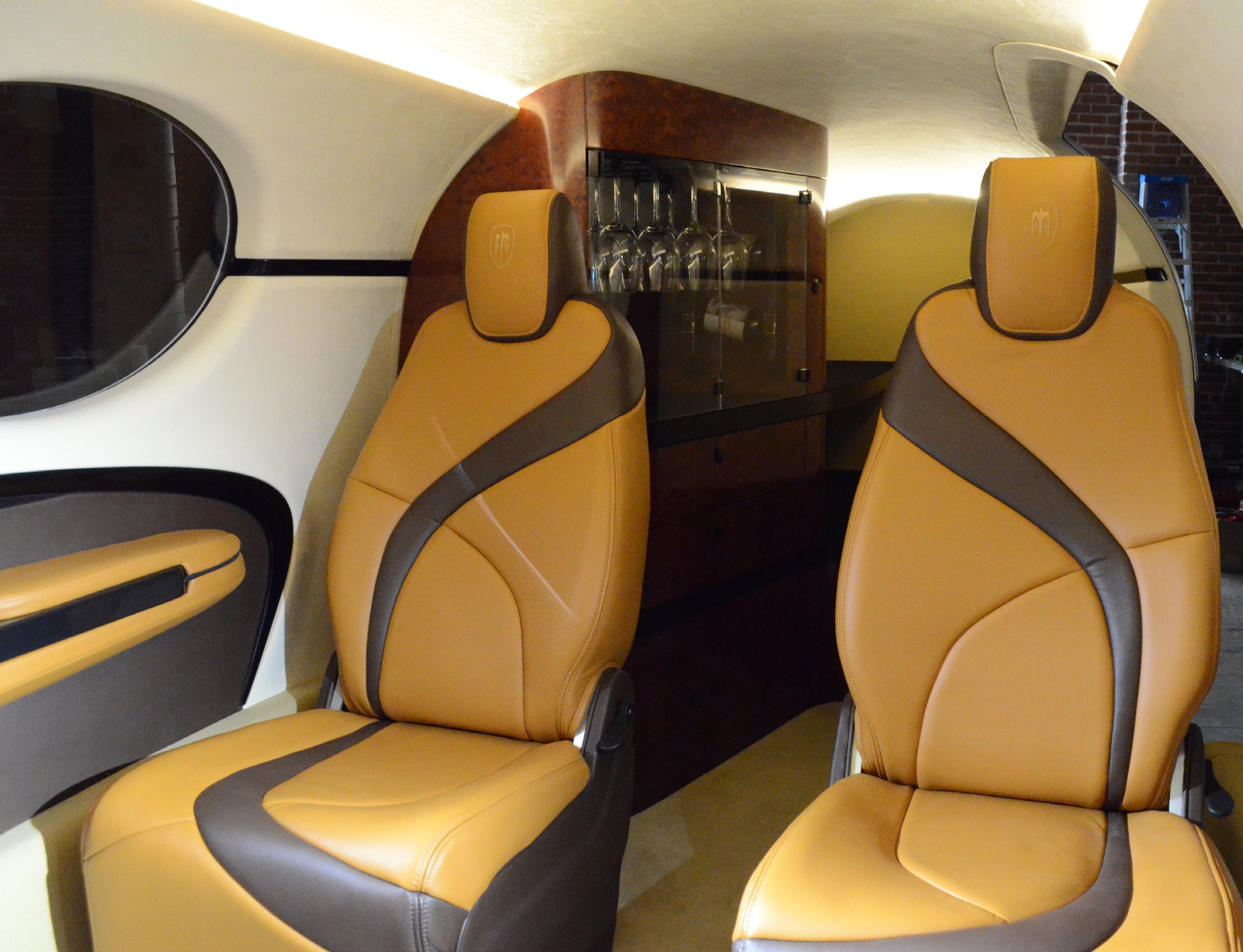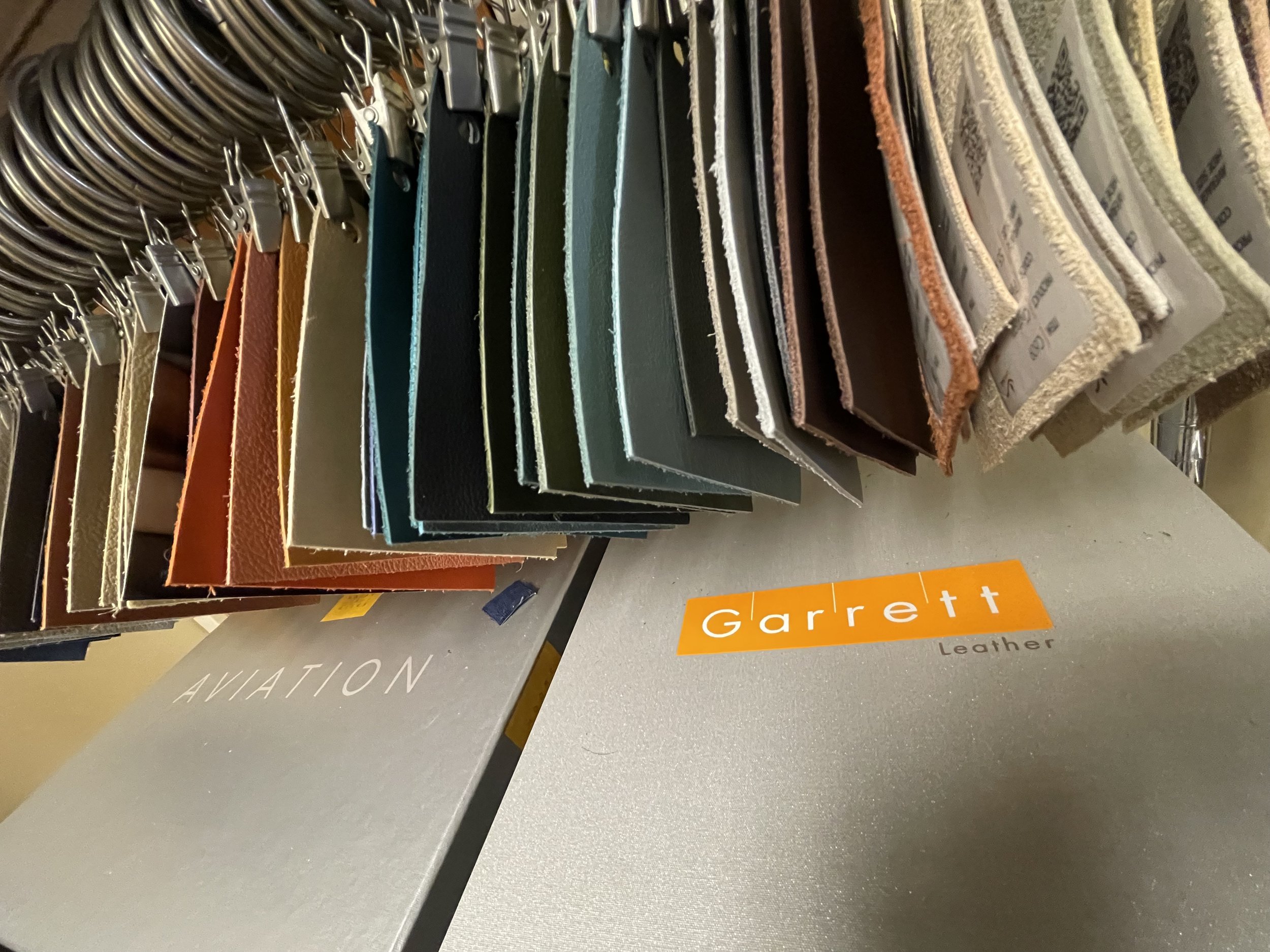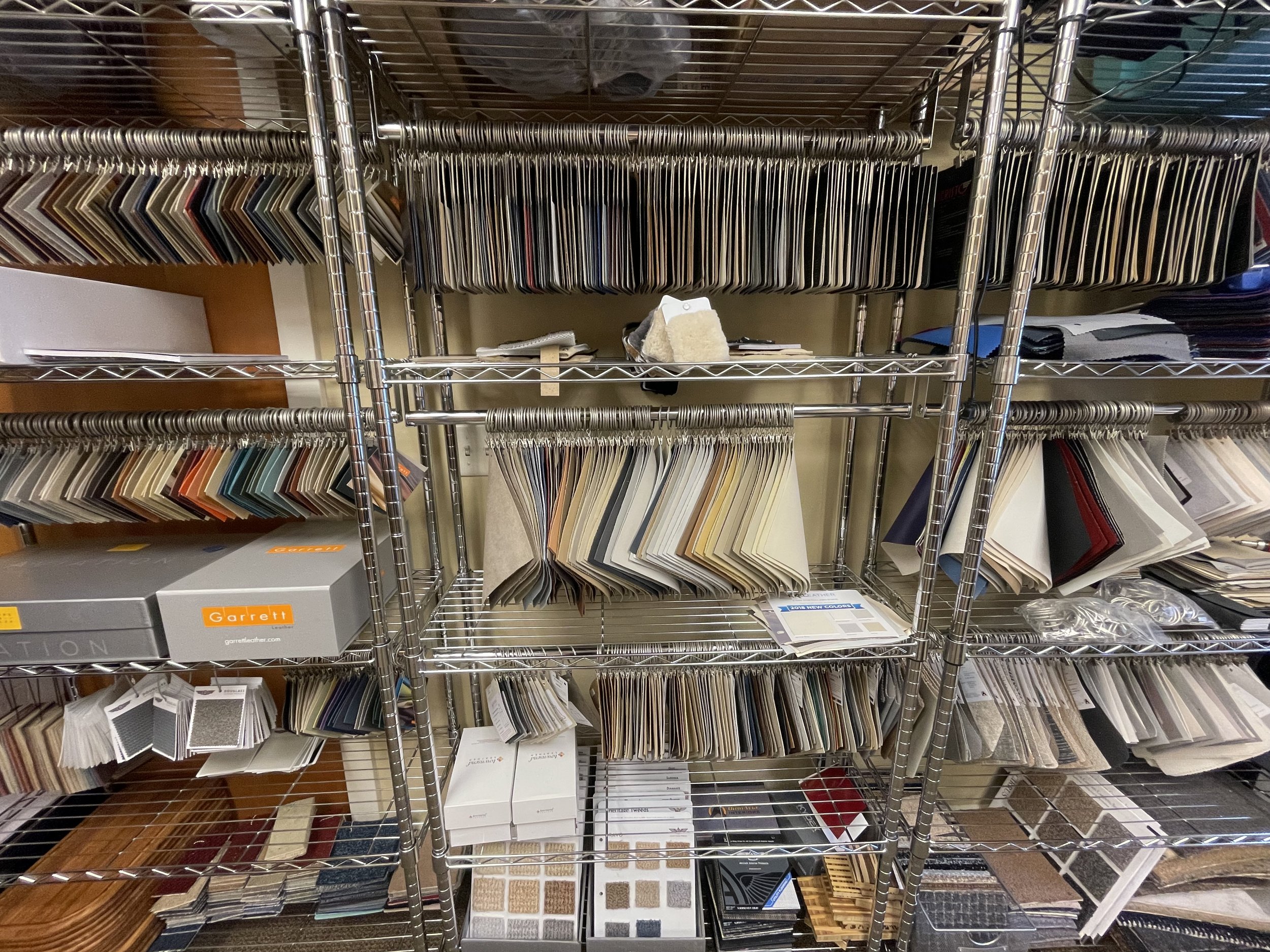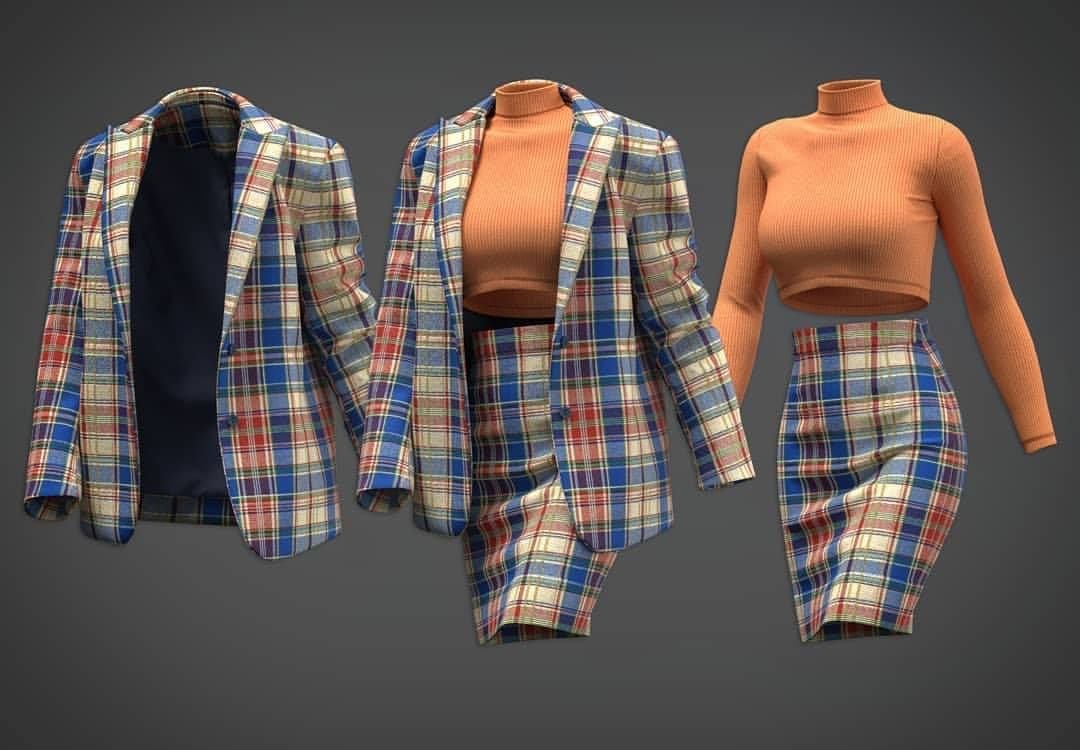Improving Soft Goods Design with CLO
For years now, our studio has designed airplane cabins. We’ve gotten really good at it. Our familiarity with aviation standards, experience with surface modeling, and impeccable style have culminated in some beautiful final products.
Among other things, our process requires a catalogue of soft materials such as suede, velour, and vinyl upholstery. Tina Mattison, our studio’s president, has an office wall filled with certified-to-fly material samples that clients can come in to see, touch, and even smell (cause new leather is every jet owner’s favorite eau de parfum).
When a client wants to preview these materials in the cabin, we create a photorealistic model using Autodesk Maya. We can even scan the material sample using a software called Adobe Substance and render a high-quality image of the material over a Solidworks model. This process requires a high degree of skill, and the results are pretty spectacular.
And yet, it leaves something to be desired. It’s like putting a really nice leather sticker on the interior of a model car. It looks a lot like leather -- it can even simulate the texture and light absorption of the material -- but it doesn’t possess any of the true qualities of leather, such as its weight or elasticity.
Enter our studio’s most recent discovery: a soft goods modeling software called CLO. It is a game changer, friends.
CLO3D (As we understand it)
CLO is amazing. The software is able to account for all the physical characteristics of soft materials. Think of it as the Solidworks of soft goods -- you can model, with absolute precision, the physical characteristics of a soft goods product, such as a jacket, duffel bag, or bean bag chair (cause, why not).
If you’ve never designed with soft goods, you may be asking yourself what the big deal is. Consider that when working with materials like cotton, leather, or upholstery fabric, there is an entirely new category of questions a designer needs to answer given the physical properties of the material. How does the product sit when unsupported? Is there a material that would work better? Look better? How fragile is it? Where will we put the seams? These are questions that a photorealistic rendering can’t answer, but CLO sure as heck can.
Our studio has a high degree of CAD competency, having mastered even the infamously complicated NURBS modeling. Still, learning how to use CLO has been a gratifying challenge. Combined with the AI material library Adobe Substance, the potential for creating better and more precise previews of our cabin interiors, as well as designing a whole new category of products, motivates us to keep up with the latest design tech.











